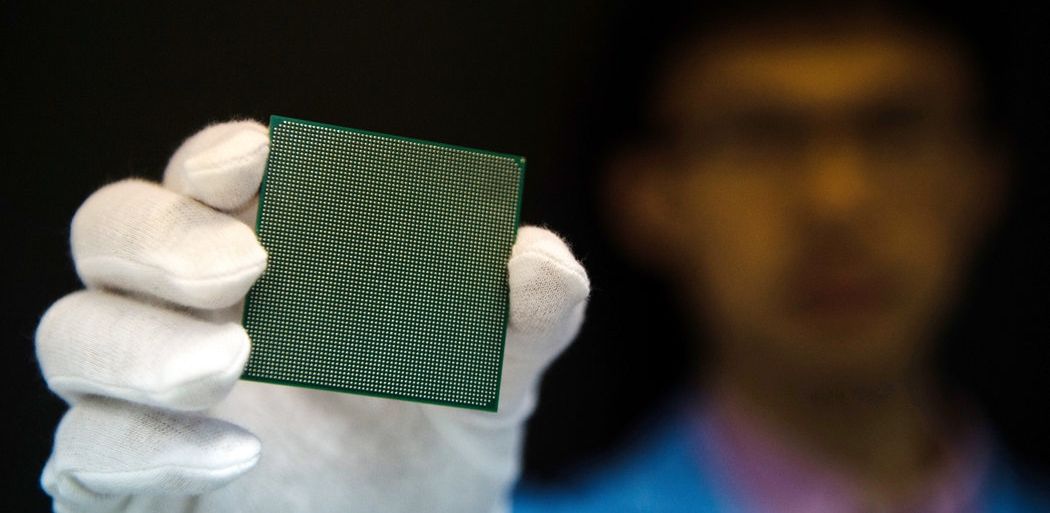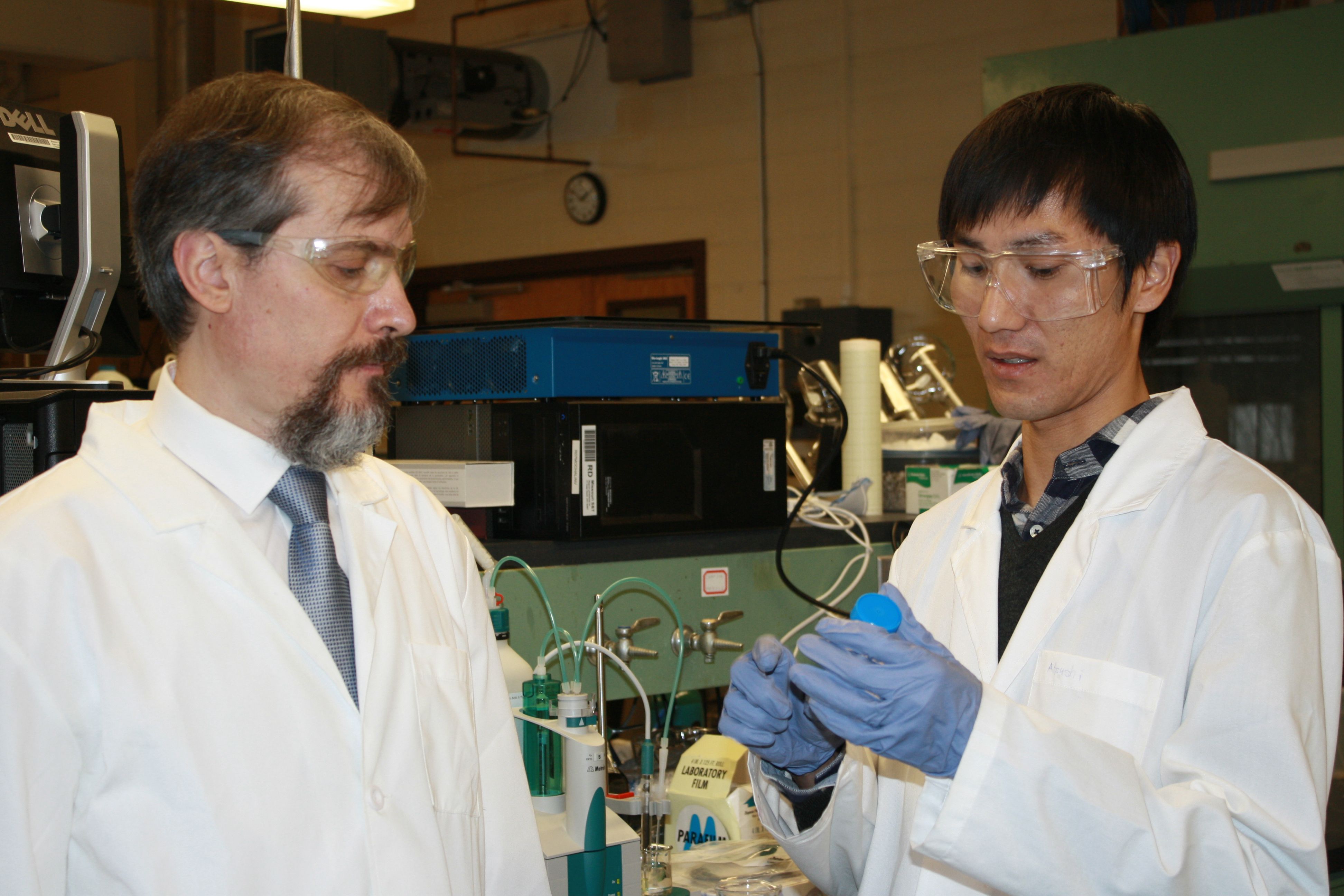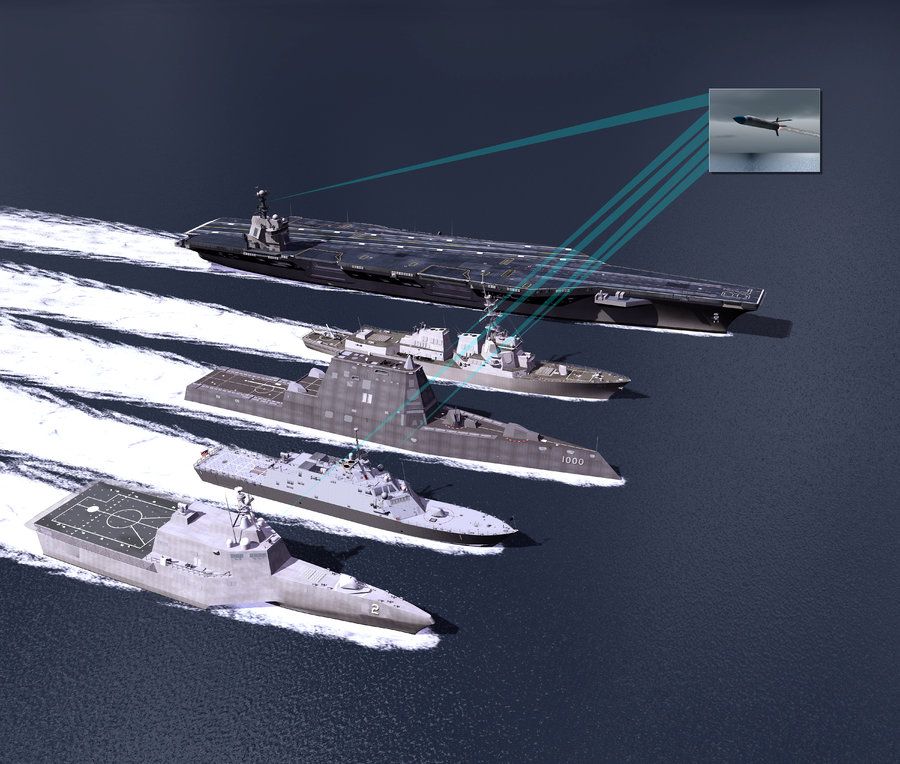The Pentagon’s plan to bring A.I. to the military is taking shape as Chinese researchers assert themselves in the nascent technology field. And that shift is reflected in surprising commercial advances in artificial intelligence among Chinese companies.
Robert O. Work, the veteran defense official retained as deputy secretary by President Trump, calls them his “A.I. dudes.” The breezy moniker belies their serious task: The dudes have been a kitchen cabinet of sorts, and have advised Mr. Work as he has sought to reshape warfare by bringing artificial intelligence to the battlefield.
Last spring, he asked, “O.K., you guys are the smartest guys in A.I., right?”
No, the dudes told him, “the smartest guys are at Facebook and Google,” Mr. Work recalled in an interview.






 עברית (Hebrew)
עברית (Hebrew)



 עברית (Hebrew)
עברית (Hebrew)